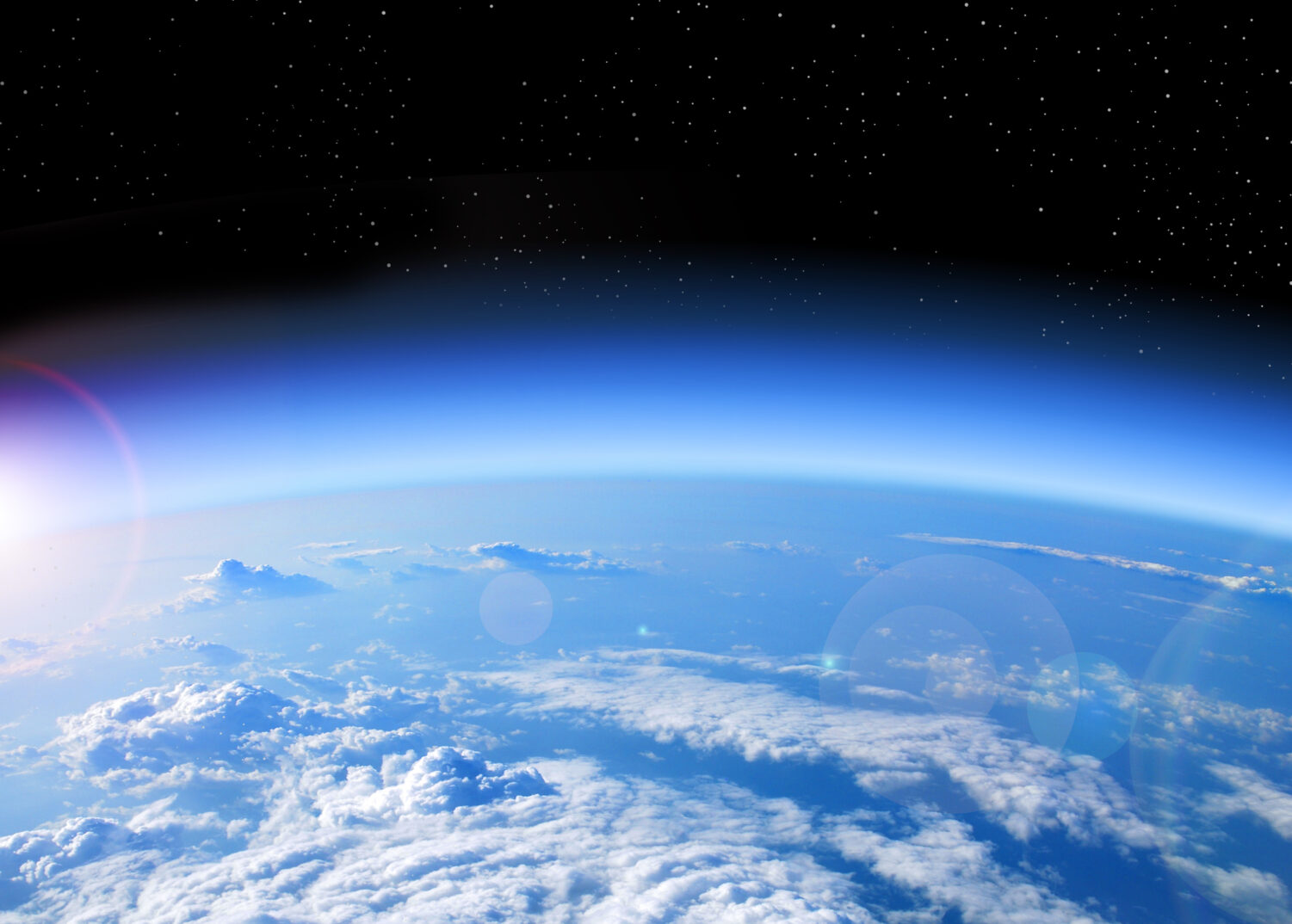Understanding the Significance of UV Radiation
UV radiation, an essential component of sunlight, plays a crucial role in various natural phenomena, including the formation and maintenance of the ozone layer. In this comprehensive exploration, we delve into the intricate mechanisms through which UV radiation contributes to the creation of the ozone layer, a vital shield protecting life on Earth.
The Ozone Layer: Earth’s Protective Barrier
First and foremost, it’s imperative to grasp the significance of the ozone layer. Situated within the Earth’s stratosphere, this layer serves as a shield against harmful ultraviolet (UV) radiation from the sun. Without the ozone layer, life as we know it would be severely compromised, with increased risks of skin cancer, cataracts, and other adverse health effects due to excessive UV exposure.
UV Radiation: Catalyst for Ozone Formation
UV radiation plays a dual role in the formation of the ozone layer. On one hand, it stimulates the dissociation of oxygen molecules (O2) into individual oxygen atoms (O). This process, known as photodissociation, occurs when UV radiation with wavelengths shorter than 240 nanometers interacts with oxygen molecules:
�2+UV radiation→2�O2+UV radiation→2O
The Ozone Formation Cycle
Once formed, these highly reactive oxygen atoms (O) then combine with other oxygen molecules (O2) to form ozone (O3) through a series of reactions. This ozone formation cycle involves several steps:
- Initiation: UV radiation with wavelengths between 240 and 315 nanometers breaks apart ozone molecules (O3) into individual oxygen atoms (O).
- Propagation: The freed oxygen atoms (O) then react with other oxygen molecules (O2) to form ozone (O3).
�+�2→�3O+O2→O3
- Termination: Ozone molecules (O3) can also absorb UV radiation, reverting to oxygen molecules (O2) and free oxygen atoms (O).
�3+UV radiation→�2+�O3+UV radiation→O2+O
Maintaining Ozone Equilibrium
This continuous cycle of ozone formation and destruction establishes an equilibrium within the ozone layer, maintaining its essential protective properties. However, human activities have disrupted this delicate balance, leading to the depletion of the ozone layer through the release of ozone-depleting substances (ODS), such as chlorofluorocarbons (CFCs) and halons.
Impacts of Ozone Depletion
The depletion of the ozone layer has far-reaching consequences for both human health and the environment. Increased UV radiation reaching the Earth’s surface poses significant risks, including:
- Health Risks: Higher incidence of skin cancer, cataracts, and other UV-related health conditions.
- Ecological Disruption: Adverse effects on marine ecosystems, terrestrial vegetation, and wildlife.
- Climate Change: Ozone depletion contributes to global warming and alters atmospheric circulation patterns.
Mitigating Ozone Depletion
Addressing ozone depletion requires concerted global efforts to reduce and eliminate the use of ozone-depleting substances. International agreements, such as the Montreal Protocol, have been instrumental in phasing out the production and consumption of ODS, leading to gradual recovery of the ozone layer.
Future Prospects
While significant strides have been made in mitigating ozone depletion, continued vigilance and proactive measures are necessary to ensure the long-term recovery and stability of the ozone layer. Public awareness, technological innovation, and international cooperation remain crucial pillars in safeguarding this vital component of Earth’s atmosphere.
Conclusion
UV radiation plays a fundamental role in the formation and maintenance of the ozone layer, a critical shield protecting life on Earth from harmful solar radiation. Understanding these mechanisms is paramount in addressing the challenges posed by ozone depletion and ensuring a sustainable future for generations to come.

